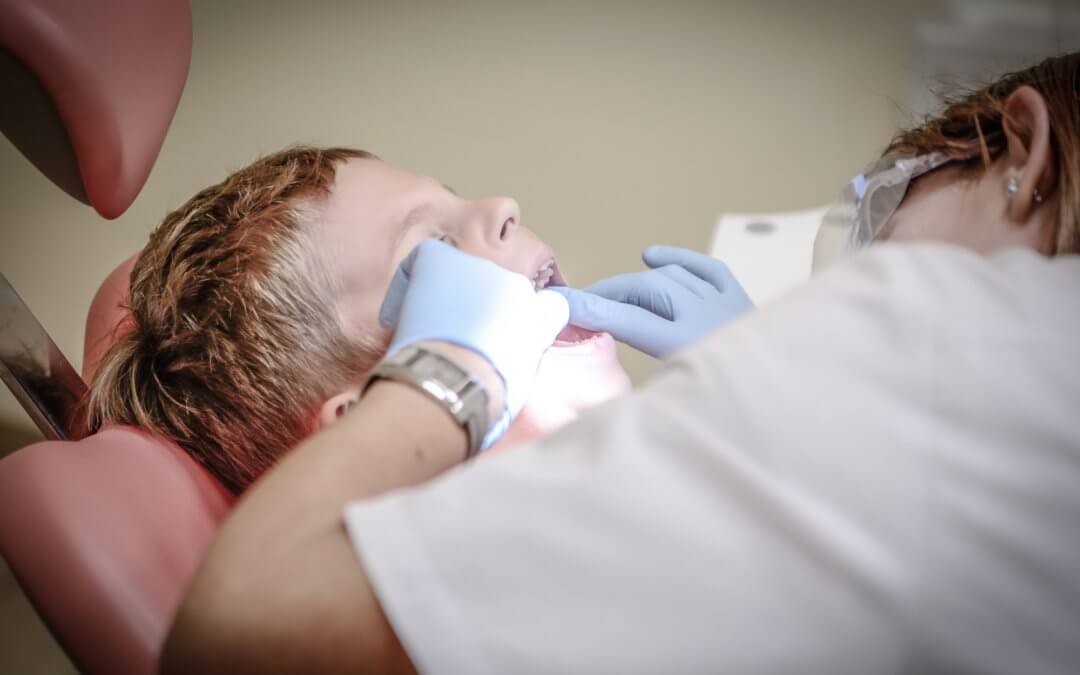Some pediatric dental procedures can cause anxiety or fear among young children, especially those who already feel nervous about seeing the dentist, to begin with. Sedation dentistry for children can help children have an easier time with what might otherwise be an uncomfortable and anxious situation. But as their parent, you likely have some questions about sedation dentistry including “Is sedation dentistry safe for children?”
Here are the basics that you need to know about sedation dentistry and how you can prepare:
Are Sedation Dental Procedures Safe for Children?
Is sedation dentistry safe for kids? Recent updates in the current guidelines for oral surgeons and dentists to follow when providing sedation to children are made by the American Academy of Pediatrics and the American Academy of Pediatric Dentistry.
These new rules require that there are always at least 2 people present in the room when sedation is administered. One of the two will be the oral surgeon or dentist performing the procedure.
Dental sedation, especially with nitrous oxide, is considered very safe for children. It can help keep your child relaxed and calm which can make the dental procedure much for efficient.
Of course, each child is different and your dentist will need to review all of your child’s health history and any concerns before proceeding.
Different Types of Sedation Dentistry for Children
There are three main types of sedation that dentists typically provide. They include oral sedation, nitrous oxide, and intravenous sedation.
Oral sedation is administered either by the mouth or through the nose. This oral sedation will be given once the child arrives for their appointment and after it’s given, it takes about 20 minutes to take full effect. With oral sedation, your child will be relaxed and calm but they won’t be fully put to sleep.
Nitrous oxide often referred to as “laughing gas”, also calms children’s nerves during their dental procedure. Nitrous oxide is mixed with oxygen and delivered via a mask. It only takes a couple of minutes for laughing gas to take effect. Once the dental procedure is complete, your child will be given pure oxygen to help disperse any remaining nitrous oxide.
Another sedation option is intravenous sedation which is delivered through a needle into the patient’s vein. Nitrous oxide is always administered first to put the child to sleep before the needle insertion. A tube is also inserted into the throat to help with breathing.
Your dentist or oral surgeon will make a recommendation as to which sedation method is best for your child.
Preparing for Sedation
Successful sedation dentistry for children begins with preparation. As a parent, helping your child prepare for their appointment will ensure that everything goes smoothly. This begins with following your dentist’s instructions to avoid all food and drink before sedation.
Your dentist will require a full medical history including information about any current prescriptions or over-the-counter medications or supplements that your child is taking.
It may be helpful for you to discuss how things will go with your child before the procedure takes place so that he or she knows what to expect and isn’t caught off guard.
What to Expect at the Dentist’s Office
Once you and your child arrive at the dentist’s office, you, as their parent can help to keep your child calm and feeling encouraged. You might want to consider bringing an item of comfort along with them to hold such as a favorite stuffed animal. Avoid bringing other children to the appointment if you can so you can focus your full attention on the child receiving the dental care.
Safety Checks First
If you’re anxious about sedation dentistry for children and how it will play out, know that your dentist will take every measure to make sure your child is safe throughout the entire appointment. They will monitor your child’s blood oxygen level, temperature, heart rate, and blood pressure closely to make sure everything is running smoothly. If your child ends up requiring general anesthesia, they might refer your child to the dental hospital to have their procedure done.
Post Sedation
Parents are usually asked to remain in the room as their child wakes up from sedation. Your child might be nauseous and a bit confused or fussy as they come off of sedation and they’ll need your support.
Make sure you’re prepared to drive your child home and have a comfortable place set up for them at home. Plan on your child feeling some temporary after-effects such as dizziness, sleepiness, loss of physical coordination, and some nausea. You should also expect not to have your child return to school or daycare that day.
For the first couple of hours after the procedure, parents should avoid feeding their child any food that isn’t soft in nature.
If your child experiences severe pain or bleeding, has a fever, or experiences vomiting, you should contact your dentist right away.
Once their mouth has healed, your child can continue to care for his or her teeth as normal.
Schedule Your Child’s Appointment Today
Hopefully, this article has shed some light on sedation dentistry for children. We want you to feel more comfortable moving forward with a necessary appointment for your own child.
If your child is in need of dental care, we encourage you not to delay. Give us a call today to schedule an appointment or discuss any questions or concerns you might have. We look forward to taking care of you and your family!

